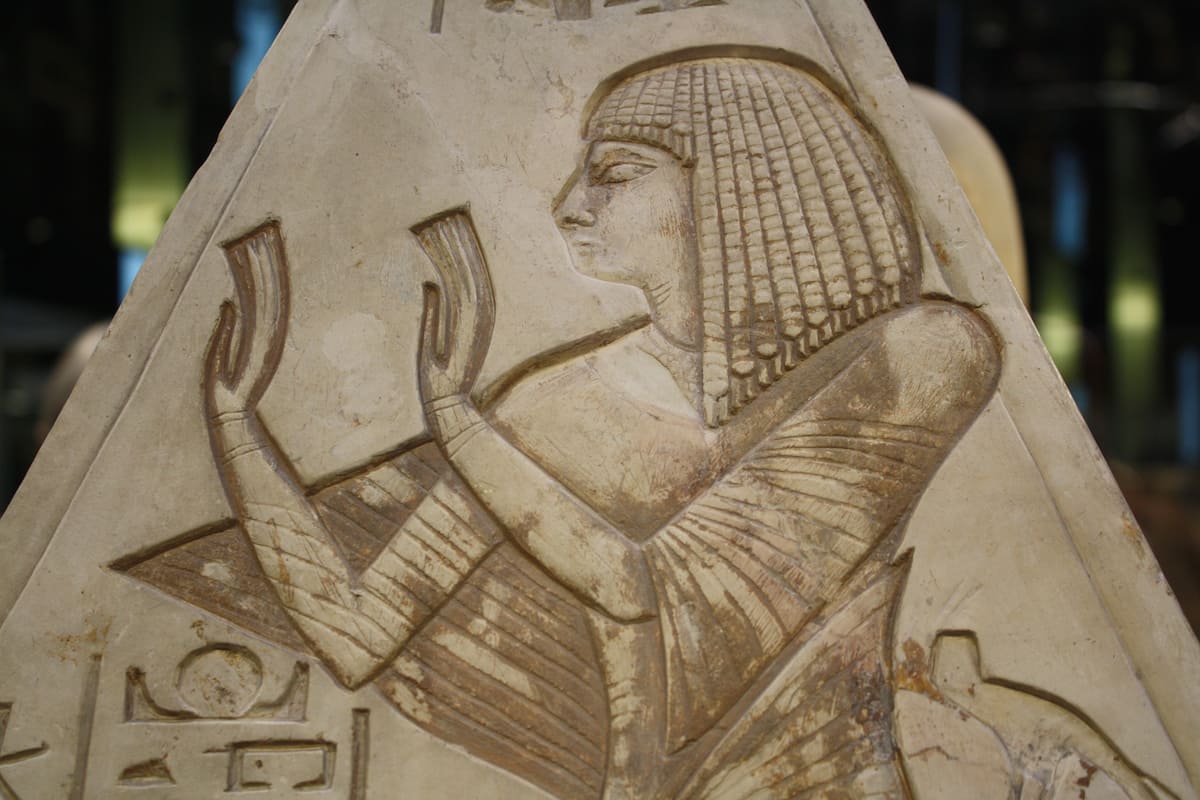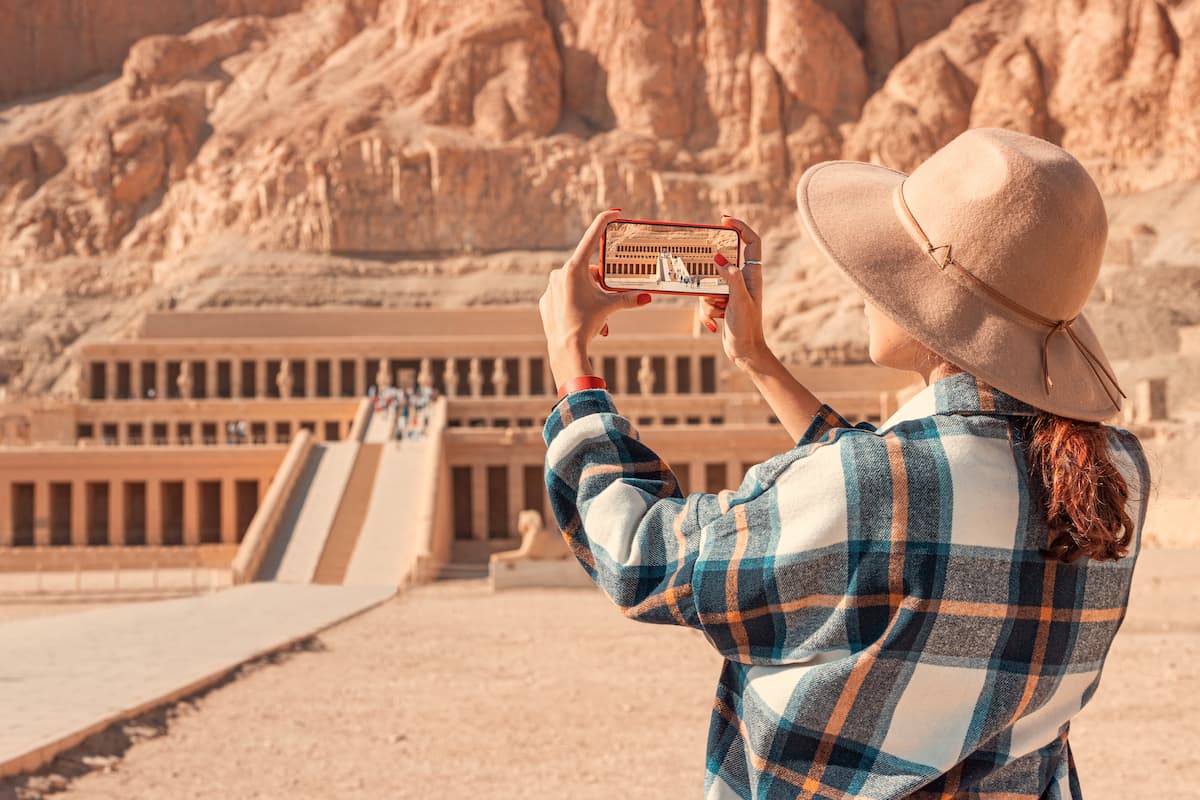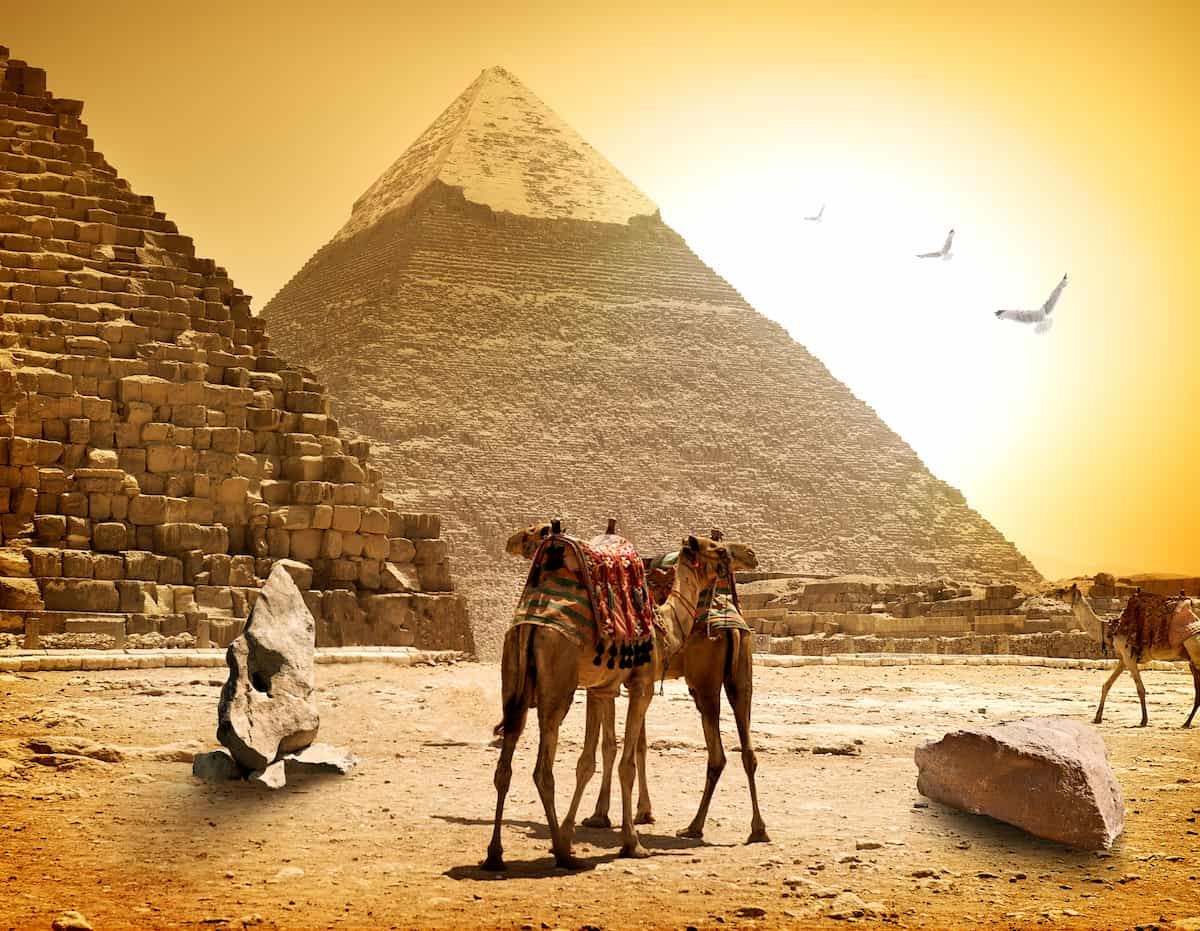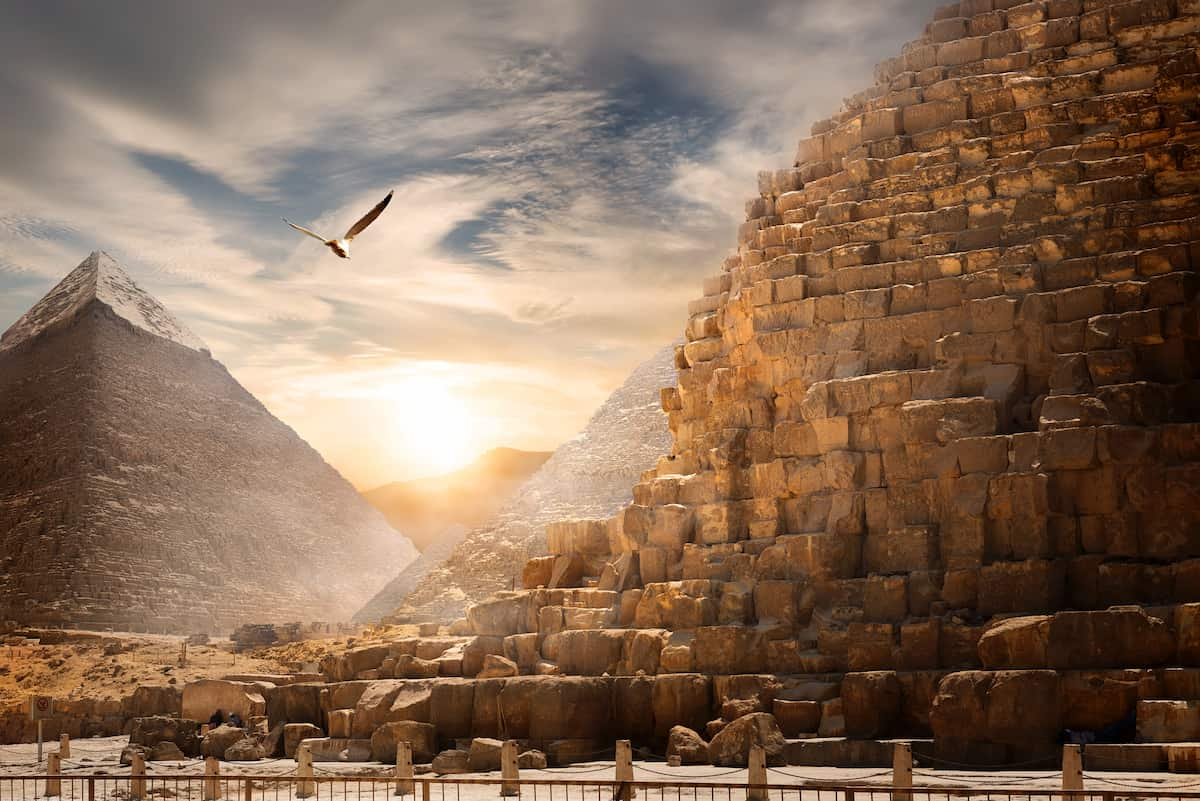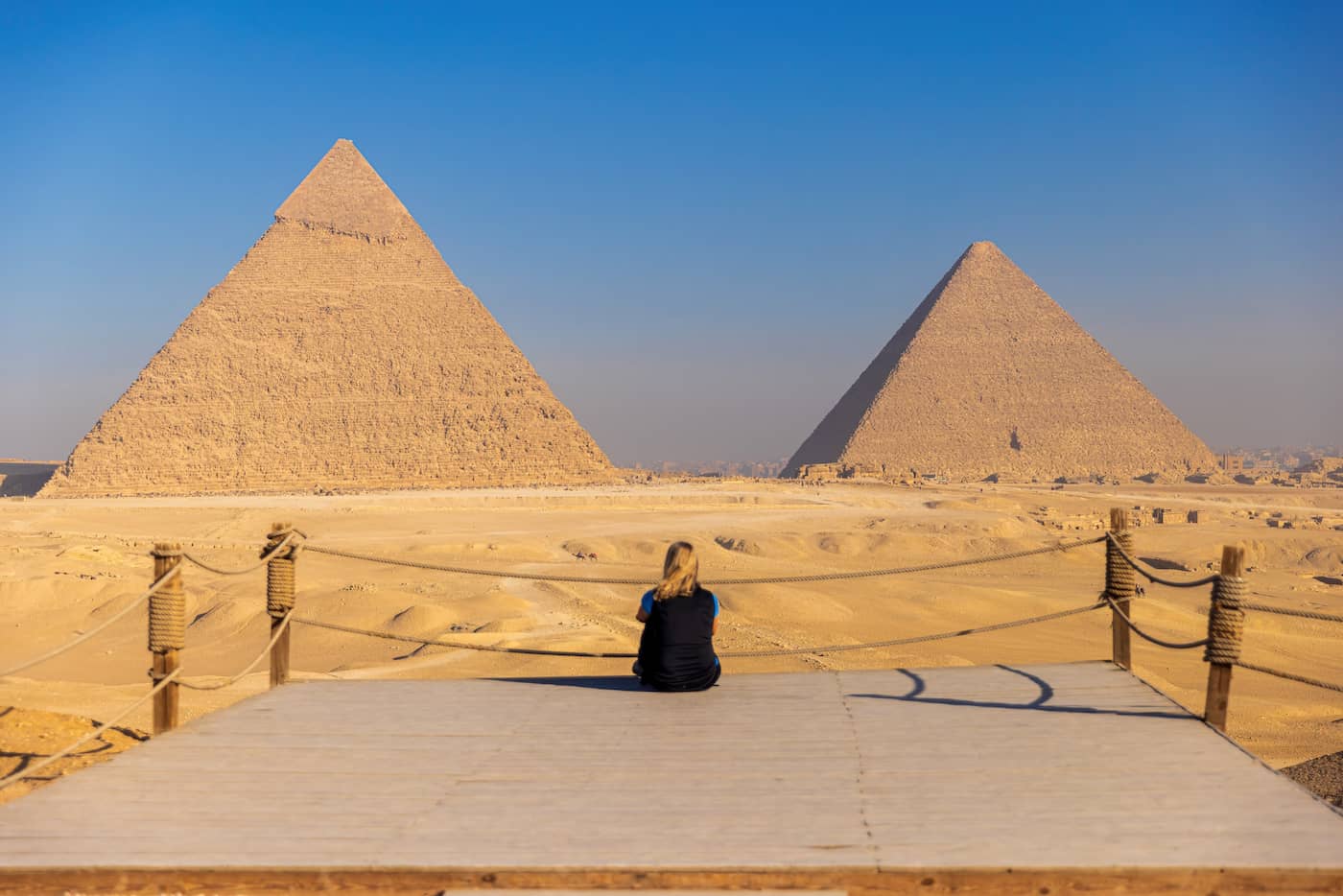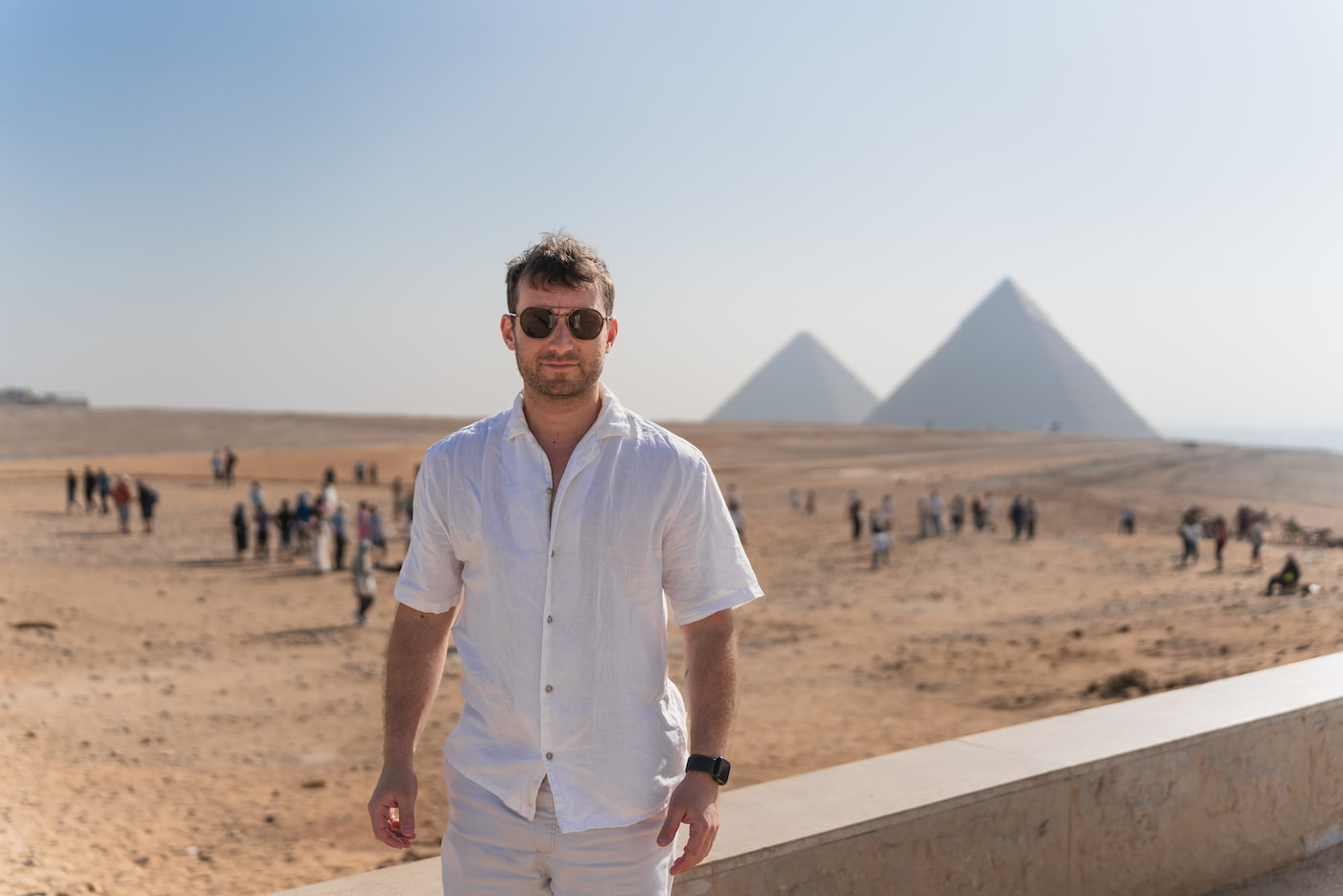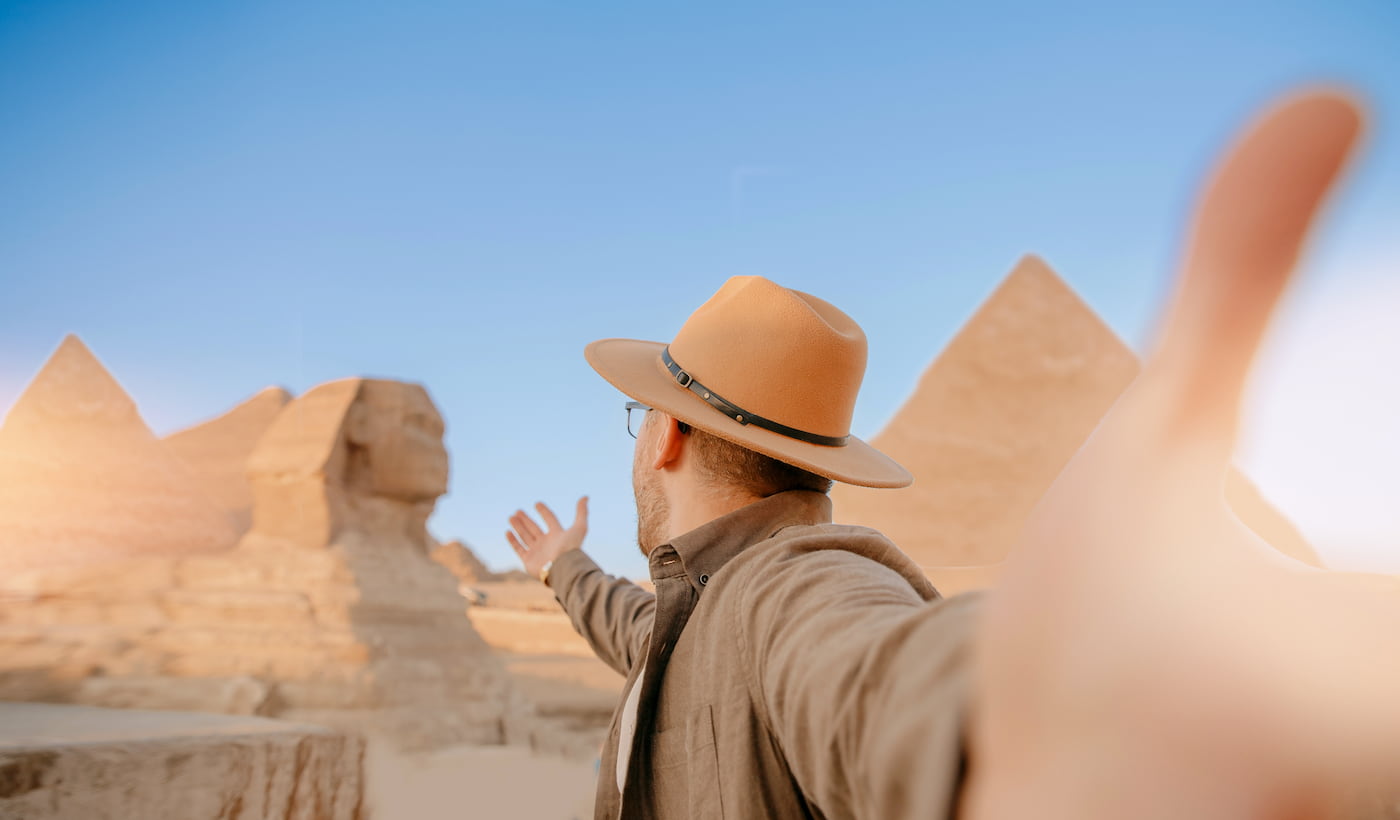Nun, Egyptian God: The Primordial Waters of Creation in Ancient Egypt
Nun Egyptian god. This primordial deity predated the beginning of life, before the pyramids or any other constructed structure stood. Pyramids did not stand then either; neither did the gaze of the sun god Ra. Rather, all that was there was the Nun Egypt, a deity in the form of chaos. It was as the ancient Egyptians imagined the beginnings: Nun was a dim ocean reflecting the blue silence of the mysterious beyond. Numbered among the deities of the primordial group, the Nun Egyptian god’s meaning was not a simple mythological figure, but an association that raised many issues.
The Nun Sun God has numerous sculptures and paintings depicting its various forms, which help in the understanding of the perplexing correlation between gender and power. Although he was always seen as young and the rays of the sun emanated from his person, Amun was also depicted as an elderly man on the identification plaque: an older sun god.
The Nun Egyptian god spirals come in the shape of water ripples, or they might be a human figure in profile, standing in a pool of water. These are merely a few examples. There are terms such as the Law of Growth and Development or Love; they are statutes too. Moreover, the symbol of the Egyptian Nun god tells us about how they thought of life, death, or rebirth, not as single processes one could use the mass noun “time” to span, but as reincarnation that springs eternal from the same place, Nun.
1. Who Is Nun in Egyptian Mythology?
Before gods like Ra, Osiris, and Isis shaped the cosmos, there was only darkness, formless and endless and utterly still. There was the primordial Nun, the god of waters. In the Egyptian myth of creation, Nun is more than merely a god; he is the ground of all being. He represents chaos in a watery abyss that existed before time, space, and matter.
Unlike the other gods, Nun stands unique in Egyptian thought, not as a creator, but rather as that raw material or force out of which creation was born. From Nun came the first earth mound and with it the gods that would fashion the universe. He is often depicted as a bearded man carrying the solar boat or presenting the sun god into the skies.
The actionless Nun does not yet remain dormant throughout the act of creation; therefore, Nun, the Egyptian god, remains conceptually rich with the ideas of beginnings, timelessness, and the unknown, a most crucial component in Egypt’s sacred cosmology.
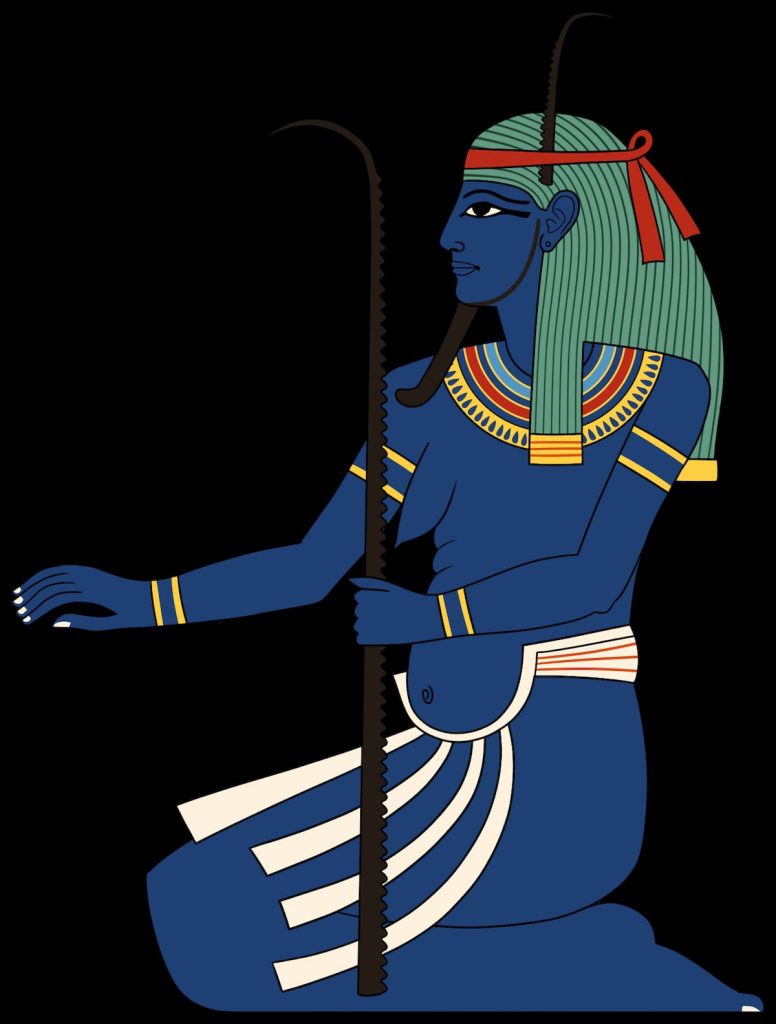
2. The Role of Nun in the Egyptian Creation Myth
Nun stands as one of the first and most mysterious gods of Egyptian mythology. The very name of Nun in Egyptian ripples, the untamable waters of chaos existing just before creation, an ocean without boundaries where complete darkness, absolute silence, and pure formlessness reigned. Indeed, they say that Nun is the source of life and that everything in the world has come out of Nun.
Nun did not create the world himself. Rather, the world was created from the first land that rose out of the watery abyss, the Benben. From this mound came forth the deity Atum, who began the act of creation. Hence, Nun was needed, although unnoticed, in the eternal Therefore.
Nun is one of the eight of the Ogdoad of Hermopolis, the primordial gods. He was paired with Naunet as the primeval waters, along with gods of darkness, invisibility, and infinity that form the condition preceding creation.
When mankind angered the sun-god, it was Nun who advised Ra to withdraw from the earth and ascend to the sky, placing Nun as an elder and cosmic teacher.
The Nun symbol, or the symbol for the god Nun, is often depicted as a male figure rising from water, pondering with hands uplifted, occasionally holding the solar boat. The meaning of the Nun symbol corresponds perfectly to the deep, life-giving waters and the eternal source of waters from which both gods and men emerged.
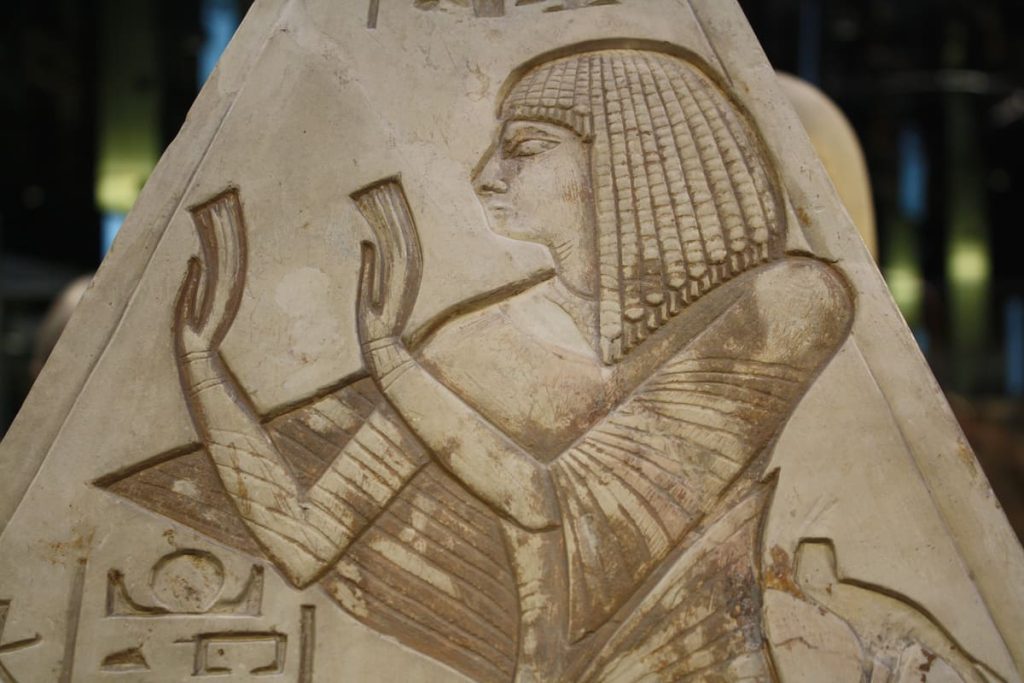
3. Symbolism of the Nun Egyptian god: What He Represents
The Nun Egyptian god, is about the very beginning, just before creation happened. His name is translated as “inert waters,” “the abyss,” or the never-ending dark ocean of chaos from which all creation began.
In Nun Egyptian symbology, water and fluidity hold a strong association with him. Usually, he is depicted as a tall male figure rising from the waves, holding up the solar boat to assist the sun god Ra in emerging into the sky. In a similar vein, the waves, with colors like deep blues and blacks, are much associated with Nun. On occasion, the lotus, which blooms surgically from murky water, would also be linked to Nun as a symbol of emergence and rebirth.
The Nun Egyptian god symbol goes beyond physical manifestations of water and really means possibility, timelessness, and spiritual renewal. Though Nun is in some way linked with chaos, it is not the destructive type of chaos; instead, it is the sacred stillness that preexists creation, the raw potential for life. Within mystical traditions, Nun serves as a reminder of the unknown fountainhead from everywhere and the silent place within the soul where change commences.
Whether it be through myth, symbol, or meditation, Nun still speaks to those investigating the arcane spheres of spirituality and origin at this very moment.
4. Nun’s Depiction in Ancient Egyptian Art
The Nun Egyptian god rarely occurs as a star in temple or tomb arts, and when he does occur, the art is filled with symbolic meanings. While other gods are often placed amid grand and gorgeous scenes, Nun’s visual presence is more of a concept an artistic expression of chaos, water, and formless potential.
Often anthropomorphic, Nun may be depicted as a bearded man with green or blue skin standing in water or rising out of it. One of the most memorable images is Nun lifting the solar barque wherein sun god Ra stands so that the sun be born every day and life and time exist by Nun’s own fundamental will.
The god could sometimes be seen holding up the heavens or bordering the primordial waters under the earth, thus seeming to personify both the abyss and cosmic support of creation in cosmological texts like the Book of the Dead and Book of Gates.
It needs to be stated: The Nun Egyptian god symbol seldom would be a straightforward portrayal. Ancient Egyptian artists have a marked tendency to represent deeper metaphysical truths by a sort of visual metaphor. Thus, Nun’s watery base means infinite, unseen depths, rather than a mere ocean.
Ultimately, artistic representations of Nun are not for mere beautification; they are symbols of existence before order, time, and space. The imagery speaks about the unexplored beginnings of the world and the eternal presence of divine possibilities.
5. Nun in Religion, Magic, and Daily Life
In being first among the primordial gods, the echo of his existence pervaded the ancient Egyptian religion, magic, and indeed every single aspect of daily existence. In spirit, Nun represented infinite still waters from which creation arose; this was no mere myth, but an idea life-giving, protective, and cyclical.
Nun is prayed to or conjured in spells within funerary texts like the Coffin Texts and the Book of the Dead to secure safe passage for souls in the afterlife. These texts state that the soul(s) of the deceased return to the waters of Nun to be reborn, as does the world itself from him. Nun Egyptian god symbol was essentially about restoration and so stood at the center of rebirth.
Nun and the Waters of Life
Sometimes, workers of magical arts and priests called upon Nun for protection because they believed that by harnessing the raw chaos of creation, one might cleanse or place oneself or others under protection against harm. In other words, they believed that an immersion back into Nun’s infinite waters would purify the individual from disorder and allow them to be reborn into Ma’at, the cosmic order.
Such an idea of Nun explains how he affected nature along double depths folded more in time with the Nile’s impending inundation. Egyptians thought that the floodwaters represented a physical return of the primordial waters of Nun, endowed with the potential for blessing, fertility, and life on land. Such an excellent linkage solidified Nun’s role from the very artistry of the cosmic beginning to the seasonal rhythms that sustain Egypt.
To conclude, Nun was more than a distant deity in myth. In everyday life and spiritual existence, he stood for renewal, protection, and the omnipresent potential beneath the visible world. Through the symbol Nun Egyptian god, Egyptians honored beginnings as well as the eternal cycles of life and death.
6. Nun Egyptian God Meaning
In ancient Egyptian mythology, Nun, sometimes Nu, is the divine personification of the primal waters of chaos, a vast, dark formless abyss that existed before creation. This has a very symbolic meaning with Nun in Egyptian mythology: He is limitless potential, eternity, and the seed of life.
Nun was not a god whose worship had temples or cult followings of the thousands. Nun Egypt was a cosmic force, hardly differentiated in form from other cosmic elements. The Egyptians imagined that before the first sunrise, or the first land that emerged, there was nothing but Nun: silent, deep waters without a shape and time. Atum, the first god, came from Nun and started creation.
Nun was the rest of the universe: to return to Nun in a death and rebirth rite would mean to be cleansed there and return into undiluted potentiality. With his imagery waves, blue water, and a figure lifting the solar boat, he reminds us of the eternal rhythm of being: from chaos into order, and from order back into chaos.
6. Modern Interpretations of Nun
Today, the ancient Egyptian god of primordial waters has piqued the interest of those seeking new-age spiritual expression in Kemetism, the revival of Ancient Egyptian religion. To the practitioners, Nun Egyptian god meaning represents more than mythology. He stands for unlimited potential and spiritual cleansing. Nun is the silent, undisturbed void before birth, and the inner silence needed for either physical or spiritual rebirth.
Nun imagistic symbolism is also consumed by artists, jewelers, and tattooists. Flowing waves, blue lotus flowers, or an abstract rendition of the abyss are frequently depicted to pay homage to Nun’s essence. These symbols attract those who wish to connect with ancient knowledge, seek inner peace, or feel the essence of starting over.
Respectful use must be observed as the popularity of Nun Egyptian god symbolism grows. Occasionally, such a borrow implies the unwitting indignation of sacred imagery. Learning about the Nun Egyptian god symbol meaning thus would give respect and honor to an ancient figure whose culture and respite-giving prospective wise men rest on present-day understandings.
Conclusion: The Eternal Depths of Nun
Nun Egypt is more than a myth; he is an endless ocean existing beneath existence, an inert power before creation, and the avenue through which everything returns and starts anew. As the Egyptian god, he stands for not only chaos but potential, protection, and renewal. His symbol is the reminder that before every beginning, there is stillness and in that stillness, infinite possibilities.
From the sacred text of ancient priests to the modern interpretation in art and spiritual practice, Nun continues to flow down our understanding of life, death, and rebirth.
What about another Egyptian god of creation? Have a look at Atum, Ra, or the Ogdoad next, or go ahead and share your thoughts on what the Nun Egyptian god symbol means to you.

